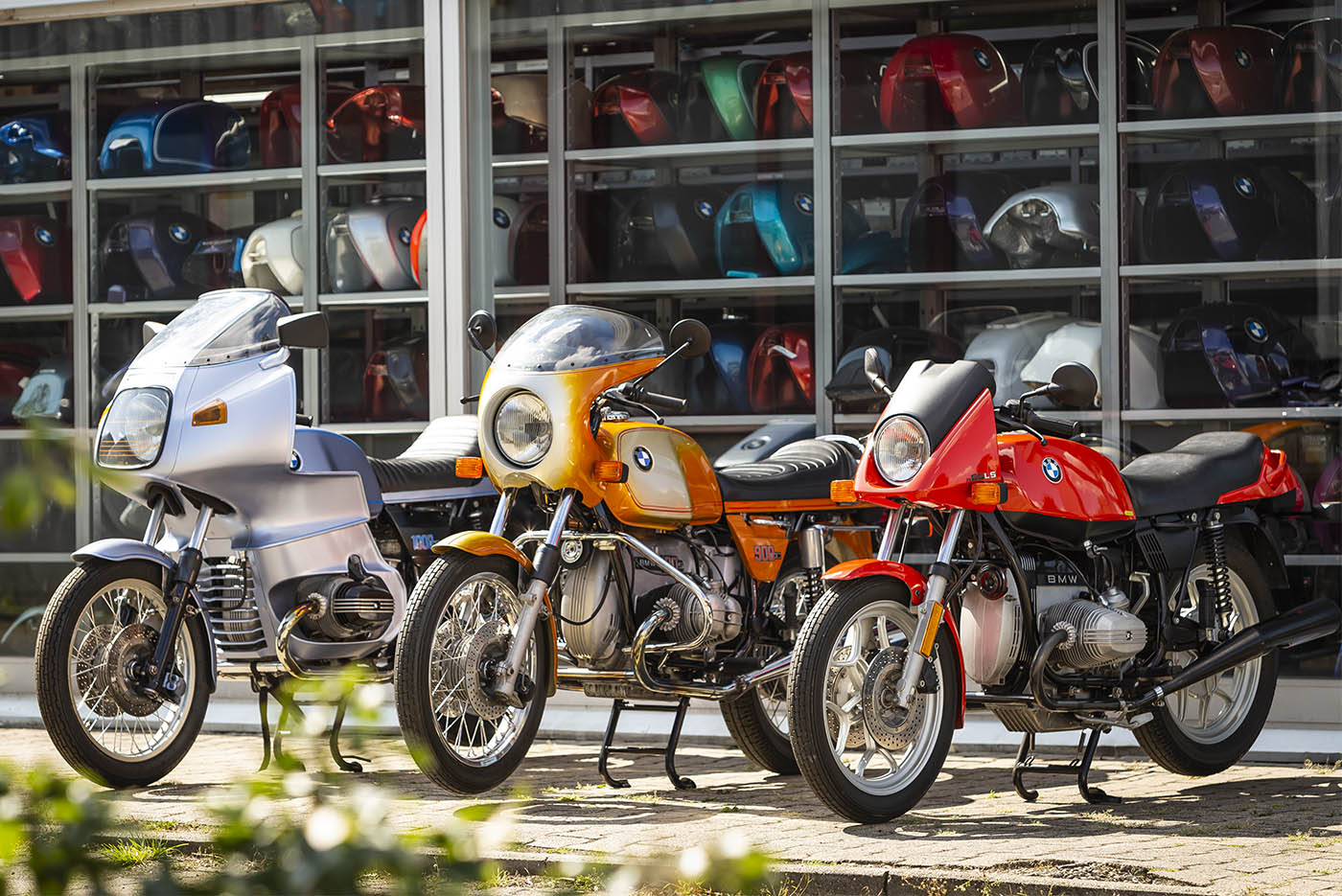Must-Have Motocross Gear: Boost Your Riding Experience Today
Must-Have Motocross Gear: Boost Your Riding Experience Today
Blog Article
A Thorough Take A Look At Bike Components: What Every Cyclist Ought To Know
A thorough understanding of motorbike parts is not merely valuable yet vital for any type of biker aiming to make the most of performance and safety and security. Each element, from the engine's complex operations to the dependability of brake systems, plays an essential role in the overall experience and functionality of the bike.
Comprehending the Engine
The engine, often considered as the heart of a bike, is a complex setting up of parts that function in consistency to convert fuel into motion. At its core, the engine's main function involves the burning process, where air and fuel mix and spark within the cyndrical tubes, resulting in regulated explosions that drive the pistons. These pistons go up and down, transforming chemical power into power, which ultimately turns the crankshaft, ultimately powering the bike.

Understanding the ins and outs of a motorbike engine is important for fanatics and cyclists alike. It not only offers understanding into exactly how motorbikes achieve their impressive power and rate yet also help in efficient upkeep and troubleshooting, ensuring long life and integrity on the road.
Suspension Equipments
While the engine powers the bike, the shock absorber plays a crucial role in ensuring a smooth and regulated ride. The suspension system is accountable for soaking up shocks from the road surface, preserving tire contact, and offering security throughout cornering and stopping. It makes up 2 major components: the front forks and the rear shock absorbers.
Front forks are normally telescopic, having a springtime and dampening mechanism. The springtime presses and extends to absorb bumps, while the wetting system controls the motion to prevent extreme bouncing. This combination makes sure the front wheel stays in contact with the roadway, providing premium handling and convenience.
The back suspension, generally a monoshock or twin-shock arrangement, functions in a similar way to the front suspension but is tailored to support the motorbike's weight and biker - motocross gear nz. It takes care of back wheel activity, contributing to the bike's general equilibrium and responsiveness
Suspension systems can be flexible, enabling motorcyclists to adjust preload, compression, and rebound setups according to personal preferences and riding conditions. This adjustability boosts efficiency by enhancing the motorbike's communication with varied terrains. In summary, an effective suspension system is important for motorcyclist convenience, safety and security, and the bike's dealing with expertise.
Brake Parts
Stopping power is an essential facet of motorcycle security, and it rests on the performance of the brake components. The primary components of a motorcycle's braking system consist of the brake pads, calipers, rotors, and master cyndrical tube. motocross parts nz. Each of these components plays an important role in ensuring efficient stopping efficiency
Brake pads are essential as they produce the needed friction against the blades to decrease or stop the bike. Constructed from materials such as sintered steel or natural compounds, the option of brake pad material significantly influences performance and longevity. Calipers, housing the brake pads, apply stress to the pads when the brake lever is involved, facilitating call with the rotors.
The rotors, generally made from stainless-steel or actors iron, are placed to the wheels and work as the surface versus which the brake pads press. Their design, consisting of size and thickness, influences warmth dissipation and quiting power. The master cyndrical tube, attached to the brake lever, produces hydraulic stress sent via brake lines to the calipers, guaranteeing consistent More Bonuses stopping force.
Routine maintenance and examination of these components are essential for ideal efficiency, stopping wear and guaranteeing rider safety when driving.
Tire Essentials
Beyond maintaining durable braking systems, ensuring optimum tire performance is equally considerable for motorbike safety and security and effectiveness. Tires are the sole call point in between the roadway and the bike, making their problem pivotal in managing, stability, and overall experience high quality.

Furthermore, consider the tire's age. Rubber compounds degrade gradually, also if walk shows up appropriate. Check the sidewall for the DOT (Department of Transportation) code to identify the tire's age. Normally, substitute is encouraged every five years, no matter wear. Investing interest in these tire fundamentals not just optimizes efficiency but also substantially boosts riding security.
Electrical Systems
In the realm of bike maintenance, the electrical system plays an important duty in guaranteeing trusted efficiency and motorcyclist security. This complex network encompasses essential elements such as the More about the author battery, generator, starter motor, and wiring harness. Each component is essential for the seamless operation of the bike, from ignition to illumination and interaction with different sensing units.
The battery functions as the heart of the electric system, providing the necessary power to start the engine and run accessories. Frequently checking the battery's voltage and terminals for rust is crucial to avoid unanticipated failures. The alternator, on the other hand, reenergizes the battery while the engine is running, ensuring a continuous power supply.
To keep it, cyclists must pay attention to any unusual sounds or difficulties throughout start-up. Ensuring that the cables lightest full face motorcycle helmet are cost-free and undamaged from damage is important for avoiding brief circuits and making certain performance.
Verdict

Quiting power is a fundamental facet of motorbike security, and it pivots on the performance of the brake parts. The main elements of a motorcycle's braking system consist of the brake pads, calipers, rotors, and master cylinder.Brake pads are necessary as they create the essential friction against the rotors to reduce down or stop the bike.Beyond keeping robust braking systems, ensuring ideal tire performance is equally significant for motorcycle security and performance.In the realm of motorcycle maintenance, the electric system plays an essential role in making certain dependable efficiency and rider safety and security.
Report this page